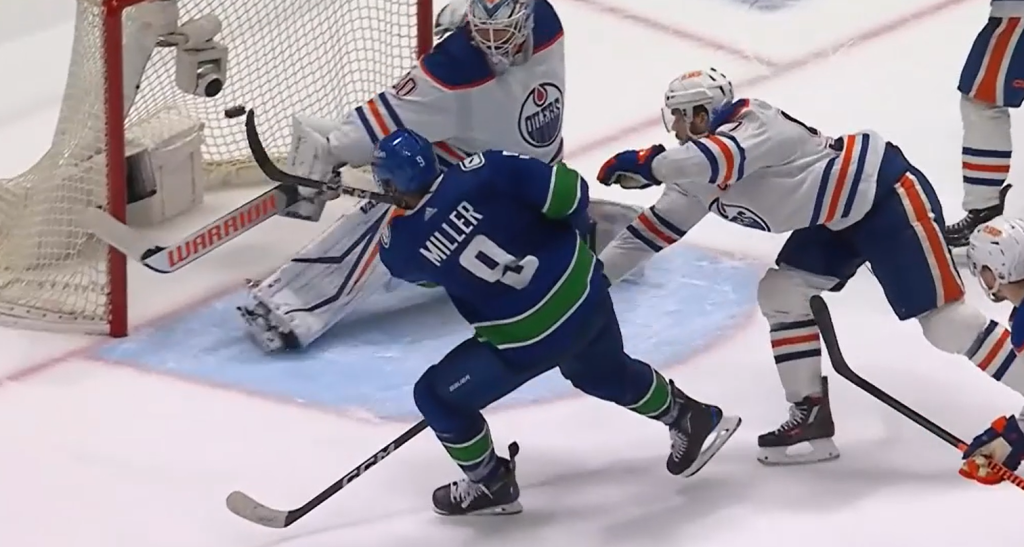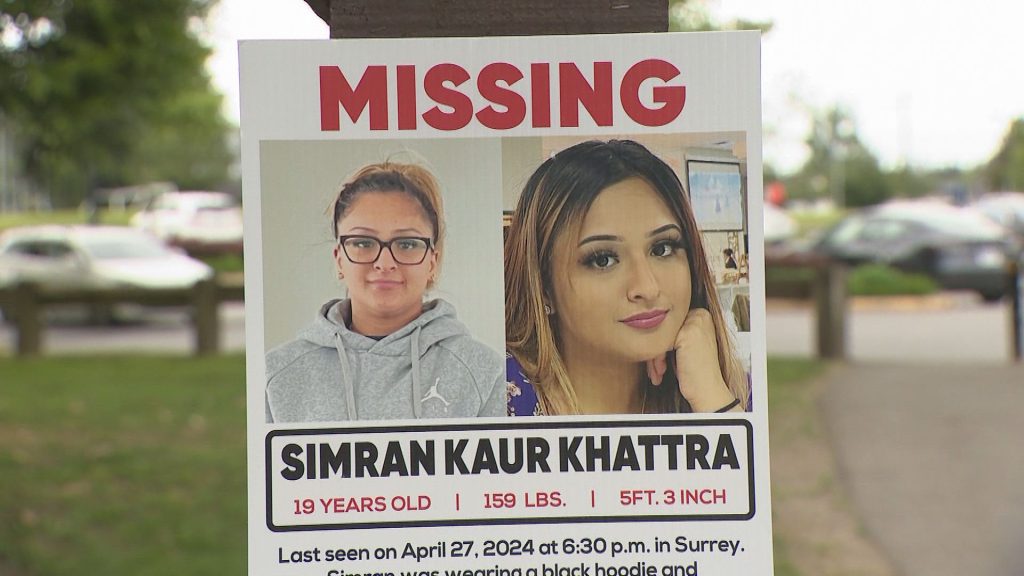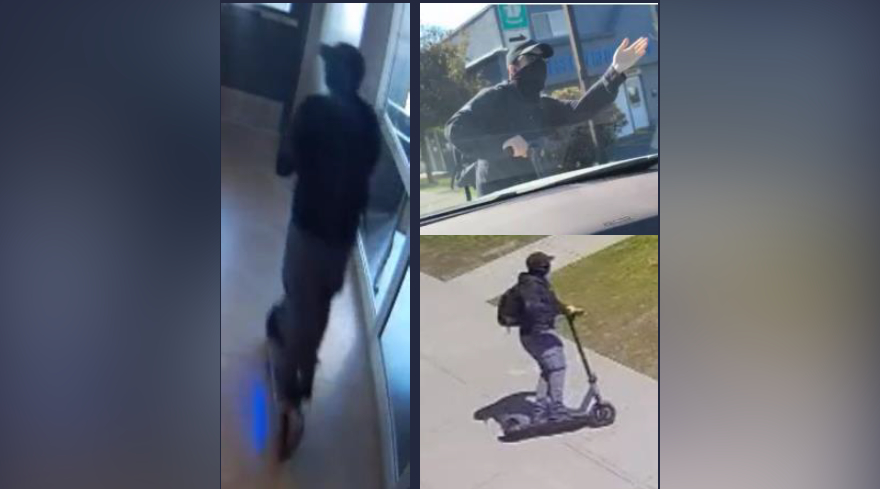Ballots on proposal to change B.C.’s electoral system go out today
Posted October 22, 2018 9:27 am.
Last Updated October 22, 2018 9:30 am.
This article is more than 5 years old.
VANCOUVER (NEWS 1130) – With municipal elections having wrapped up across B.C., the countdown begins for British Columbians to vote once again, this time on whether the province will change its electoral system.
Ballots have been sent out and the voting period begins today. All ballots must be returned to and received by Elections B.C. by November 30.
“The first question is ‘do you favour proportional representation, or do you want to keep the current system?'” UBC Political Science Professor Max Cameron tells Breakfast Television. “Regardless of your answer to that, there are then three options that you have the opportunity to rank.”
The current system in B.C. is a first-past-the-post system. Cameron describes it as a “winner-take-all” type system, in which whoever wins the most votes in each riding carries the seat.
That would change under proportional representation.
“The overall percentage of the vote for a given party is reflected in the percentage of seats that they win in the legislature.”
If you choose proportional representation, you’ll also be asked to pick one of three options within that bracket; Dual-member proportional, Mixed-member proportional, or Rural-urban proportional.
In a dual-member system, large ridings would be represented by two politicians, including one with the most votes.
“It combines ridings, couples up ridings across the province,” Cameron explains. “So when the voter goes into the polling station, they will have the opportunity to mark an ‘X’ on a ballot that will indicate for each party their primary and their secondary candidate if they choose to run them.”
The first candidate is chosen the same way as under the current system, he says. The second seats are then allocated by proportional representation based on the party’s performance province-wide.
Cameron says this system was recently invented, by a graduate student in Alberta, and has not been tried anywhere yet.
The mixed-member system was created in Germany, and has been used in a number of countries around the world.
“Essentially, this retains first-past-the-post except with slightly larger ridings. But they’re also regional groupings of MLAs — these are called top-up MLAs.”
In this system, the overall percentage of the vote that each party has won is again looked at. “And if there’s a discrepancy between that and what they won in the individual ridings, their numbers are topped up with regional seats to guarantee proportionality.”
The third proportional system — the rural-urban proportional system — is a sort of blend of the mixed-member system for rural riding.
“But in the urban areas, where we have dense concentrations of people, we would create larger multi-member districts and in those districts parties would be given the option of running a number of candidates.”
That would mean voters would be presented with a quite different looking ballot than they’re currently used to, made up of a list of all candidates running.
“And then the voter, instead of just marking an ‘X’ by a name or by a party, the voter can actually rank these candidates and they can rank as many as they’d like.”
Cameron says none of these new systems would change the number of seats in the legislature dramatically.
Elections BC will start posting information on its site about the number of packages it has received starting Nov. 2, with the results of the referendum to be announced at an undetermined date.
-With files from Breakfast Television










